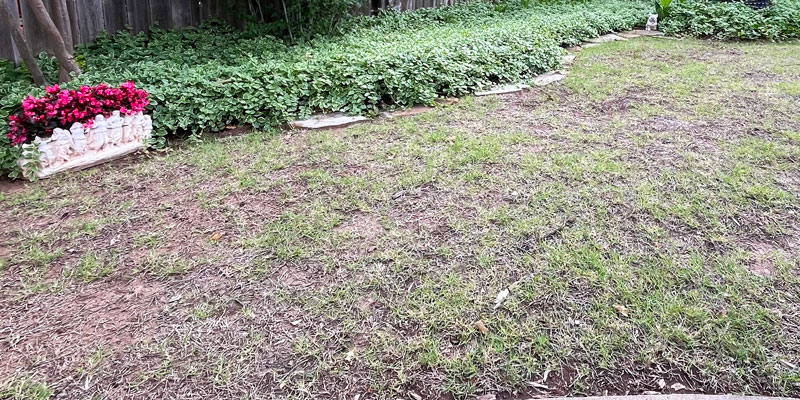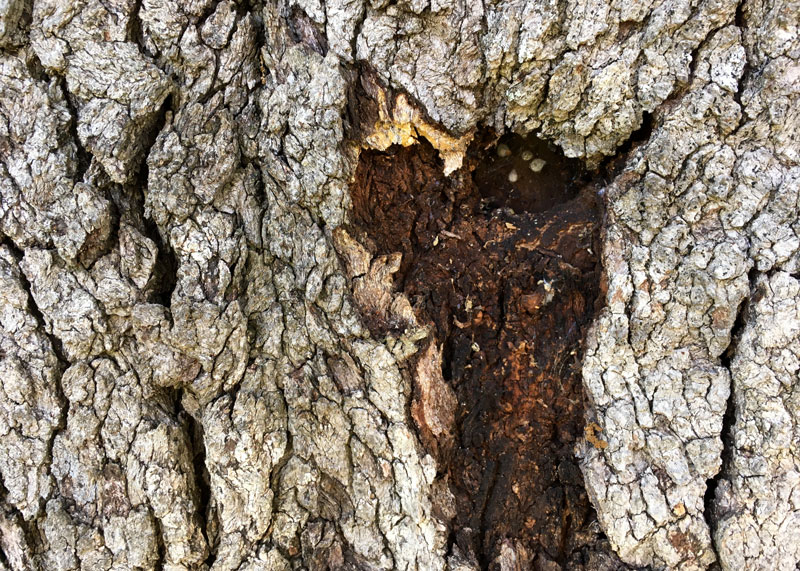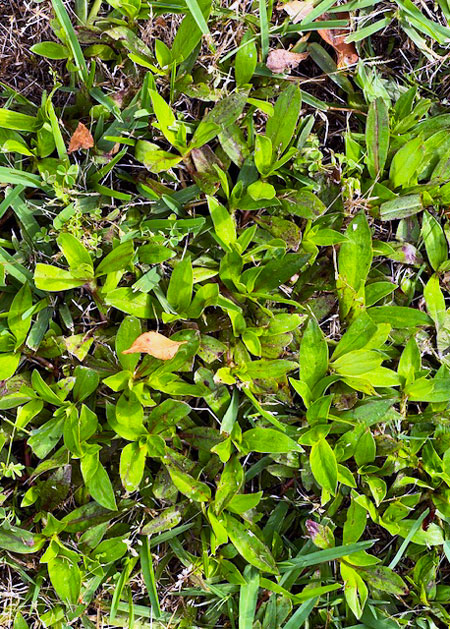Q&A – Ask Neil: May 29, 2025
(Please read these instructions carefully.)
Before you post your question, please look at recent issues to see if someone else has already asked it. You might find your answer there.
How to submit your question…
(Note: You may need to allow a pop-up window to come up in order to get the link for sending your photo(s). If you have already submitted your question and didn’t see the pop-up window, please click here.)
• Click the link provided below to post your question. After you submit your question, a new window will pop up giving you the address to which you can e-mail a SHARP, HIGH-RESOLUTION PHOTO to accompany your question. Please DO NOT SEND THUMBNAIL PHOTOS in case I need to zoom in to see things.
• Click here to post your question.
• Please ONLY POST YOUR QUESTION ONE TIME. We can only accept a set number of questions each week, and when we get duplicates it costs other people their chances.
• One question per reader, please.
• Please use this only for posting questions – not for standard emails.
• Watch for your answer in the following week’s e-gardens.
• I choose those of greatest general interest. For example, plant IDs seldom make the cut.
• I must have your first name or initials.
• I must have your city or county. (Texas is a very large state.)
QUESTION 1
HOW CAN I GET RID OF PEPPERVINE ORGANICALLY?
Question: I have peppervine coming up all over my front and back yards. It’s coming from my elderly neighbor’s yard. She is unable to maintain her yard and the vine is spreading across the entire neighborhood. How can I get rid of the vine without harming my pollinators or plants? I’m an organic gardener. Kimberly S., Tyler.
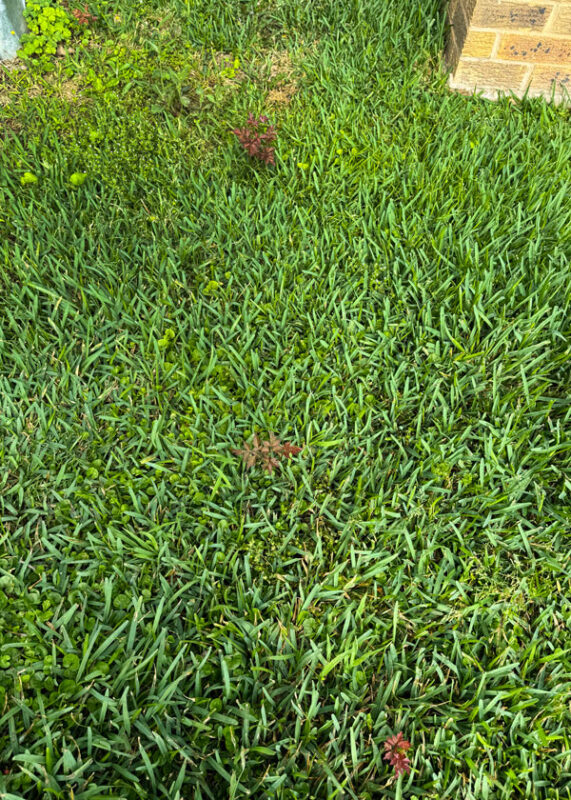

Answer: If it is invading the entire block, I would start by chatting with other neighbors to see if there is common interest in trying to eliminate the weed from their yards as well. If so, then perhaps one of you could approach her with a plan of helping her eliminate the mother plant. Until you do that, anything you do on your own is merely swatting at flies.
If you do the research on ways to eliminate peppervine (Ampelopsis arborea), you’re going to find that there are only three basic ways. I’m going to list them in the reverse order in which I would try them. I’m doing that because of your desire to stay organic.
1. Physically blocking or removing it. You put in a deep barrier to stop its spread by root growth (rhizomes) into adjacent properties. That would have to be a solid barrier probably 24 inches deep – something like corrugated fiberglass installed on edge the entire length of your property. Lots of work involving a deep trench and followed up by hand-digging all the existing plants within your property.
2. Shading the existing plants by covering them with black polyethylene plastic for a couple of years. That would kill everything growing there – not a very satisfactory solution when your lawn is involved, but it does need to be mentioned.
3. Application of an herbicide. I’m not aware of any organic herbicide anywhere near strong enough to do this job, so we have a dead end on your property. It’s just what it is. But if you were willing to use a broadleafed weedkiller to spot-treat the small plants as they came up, you could probably reduce the population gradually at the same time that you were fighting the bigger war at the boundary or even within her own yard. Until you do that last part, you’re going to continue to have the problem. Birds love the berries, and they will gleefully process and plant them for all of you unless their food source is destroyed.
I wish there were a better answer to your dilemma, but that’s all I have. Good luck!
QUESTION 2
WHAT CAN BE DONE FOR MY FLOOD-DAMAGED BERMUDA LAWN?
Question: What can be done about my flood-damaged bermudagrass lawn? Mary E., Wichita County.
Answer: It looks like it’s ready to green up and grow back again. Allow the soil to drain if it hasn’t already, then apply an all-nitrogen fertilizer and water it moderately. You should see a relatively rapid recovery with the warm June weather ahead. Problem solved.
QUESTION 3
WHAT SHOULD WE DO FOR OUR LIVE OAK THAT IS LOSING BARK?
Question: The bark on our live oak started to peel a year ago and this newly developed deep area has us worried. What should we be doing? Ron S., Richardson.

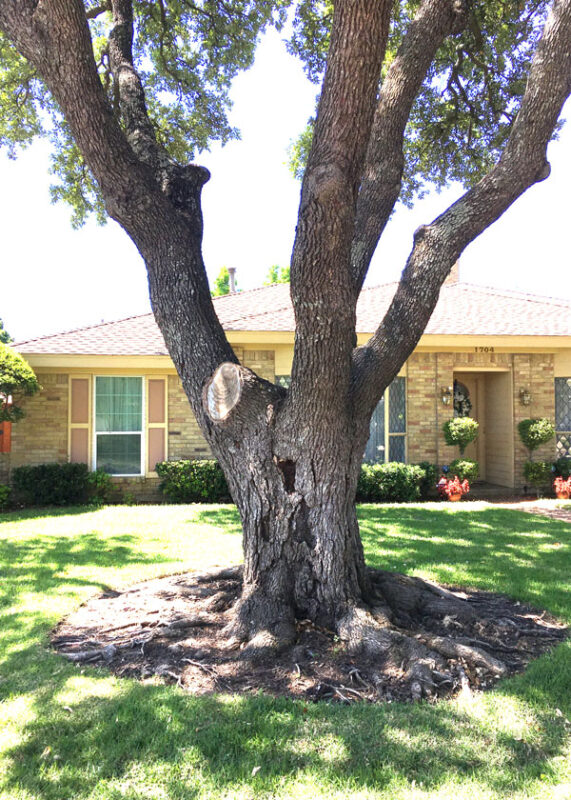
Answer: This does not look good. Anytime bark starts to come loose in a large area like that, especially when the wood beneath is dark and moist, there is cause for concern. This could be decaying tissue left over from the great cold spell of February 2021. We have seen a ton of exactly this look, even up until now. It could also be decay from somewhere up on that central trunk. The problem is major, and it merits getting a certified arborist on site to examine the tree. The specialists at our advertiser Arborilogical Services are the ones I would call, but if you have one of the other fine companies in town already helping with your trees, stick with them. Just be sure to check credentials and have an expert check the tree out for stability. When a large tree gets to this point it’s a challenge for it to recover on its own.
QUESTION 4
WHAT WILL KILL THIS NANDINA SPROUT?
Question: What can I use to kill a nandina that has sprouted after being dug up? We redid a bed and took out the Nandina compacta. Nancy G., Dallas.
Answer: I guess you could spray it with a broadleafed weedkiller several times until you killed it out, rhizomatous roots and all. However, in the long term, it would be a whole lot easier just to dig it out with a sharpshooter spade. That’s what I would do in a heartbeat. Do so now while the ground is very wet.
QUESTION 5
WHAT CAN I USE TO KILL THIS WEED THAT IS TAKING OVER MY LAWN?
Question: I have a weed that is taking over my backyard. I have now found it in the front yard as well. How can I handle getting rid of it without harming my St. Augustine turf? Everything I have tried so far has hurt the grass. Bill C., North Richland Hills.
Answer: You have Virginia buttonweed. It can be identified by its white star-shaped flowers when they appear. It’s a relative newcomer to North Texas lawns, and it already has a reputation of being a tenacious fighter. If even a small piece of it gets broken loose it can take root in a new part of your lawn.
Control is difficult. You want to keep your lawn as healthy as possible so that the grass can crowd out the buttonweed. It commonly competes with St. Augustine, so that means helping the turfgrass avoid insect and disease problems. Mow your St. Augustine 3 or 3-1/2 inches high so that it can shade out the buttonweed.
Dig out small outbreaks at the outset by hand. It sounds like you have moved past that level, so we move on to applying a product containing 2,4-D, Dicamba, and Mecoprop. It will be labeled for control of broadleafed weeds, but it also will have some stern warnings about when and where it can be applied relative to damage that could be done to St. Augustine at hot summer temperatures, also to spraying late in the day so the herbicide won’t be on the leaves when the sun is shining. It’s best to use a pump sprayer so that you can direct the herbicide onto just the weeds. More than one application will undoubtedly be needed. I would suggest starting with a small area to test your results before you treat your entire lawn. Be sure your neighbors don’t have a population that can re-infest your lawn once you get it cleaned up.
QUESTION 6
HOW CAN I GET BERMUDA OUT OF MY ICE PLANT BED?
Question: How can I efficiently eliminate bermudagrass mixed in with my ice plant groundcover? There is a 3-week separation between these two photos. Thuy N., Parker, Collin County.
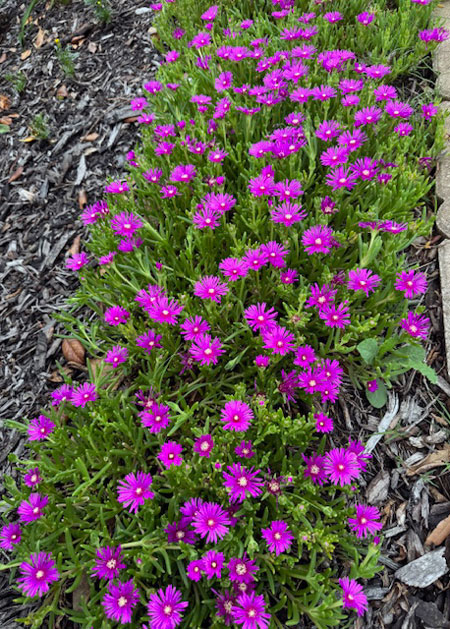

Answer: Whew. It’s Tough Question Day here in the Mailbag. I don’t think you’re going to find a grass-killing herbicide that won’t concurrently damage or kill the ice plant. You could try one of the several herbicides intended to be used to kill bermuda grass and other weedy grasses in and around ornamental plants (hopefully without harming the “good” plants). However, it’s going to be almost impossible to spot-treat these directly onto the bermuda. You could certainly try it by using a piece of cardboard in one hand to function as a baffle to screen the spray away from the ice plant. But the two plants appear to be so inter-mingled that I just doubt that you’re going to be able to avoid drift and drips onto the ice plant. In the long run it may be most efficient to bite the bullet and dig out all the soil, replace it with “clean” soil, and replant with this or another groundcover.
QUESTION 7
HOW DO I TREAT FOR MOLES?
Question: How do I treat for moles that are making holes in my lawn and mud pits when it rains? Sally A., Granbury.
Answer: Here is what I have in the FAQ pages of my website. I decided just to copy and paste it to be sure I got everything included.
“Moles have hairless, pointed snouts extending nearly 1/2-inch in front of their mouth opening. Their small eyes and the opening of their ear canals are concealed in fur, and there are no external ears. Moles are insectivores, related to bats. Moles are generally found in cool, moist and shaded soils that are populated by earthworms and grub worms. Moles leave volcano-shaped hills that are often made up of clods of soil. Moles are best controlled using traps that are implanted into depressed portions of the surface tunnels. As the moles push up to re-open their tunnels, the traps are triggered.”

